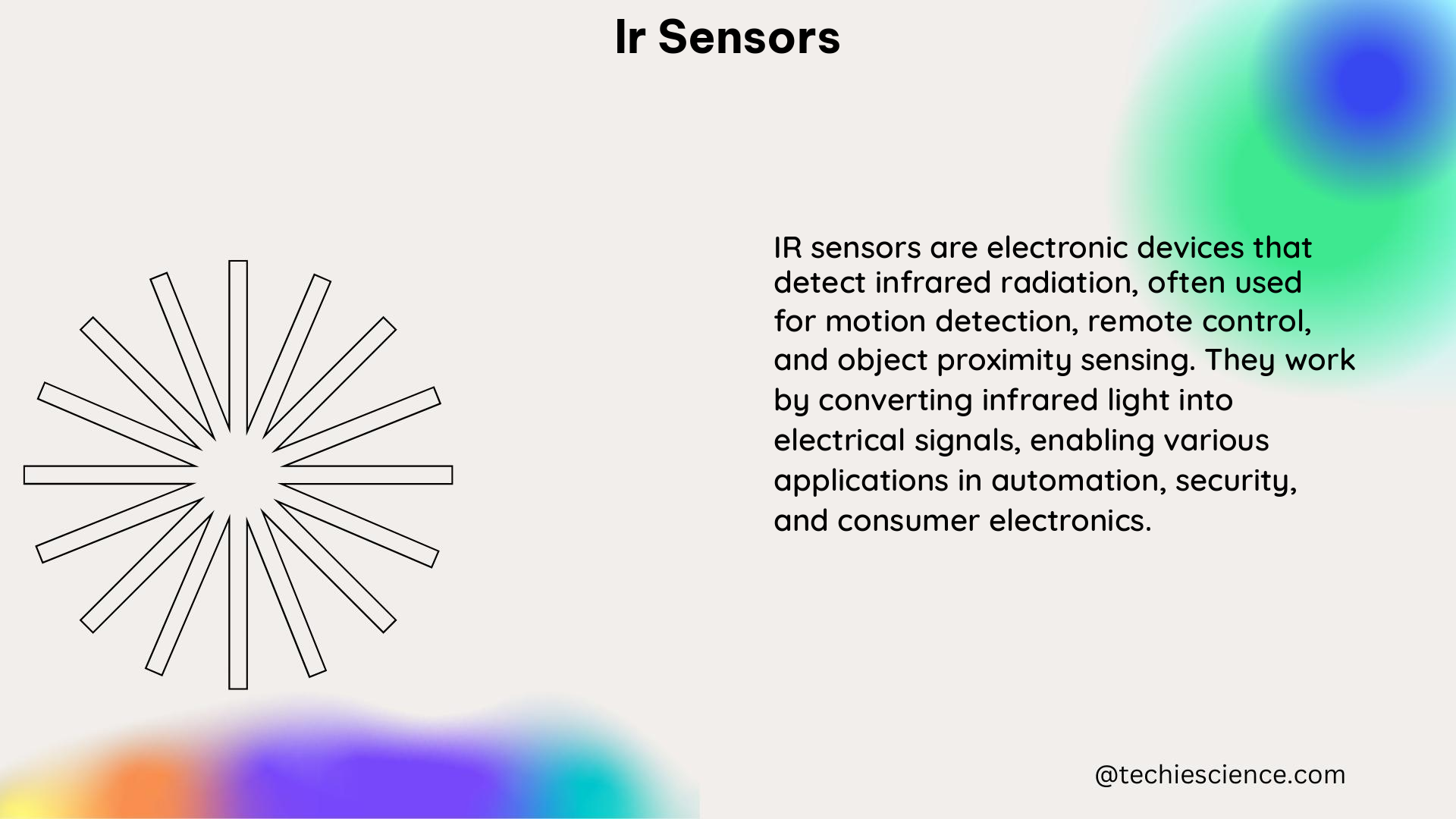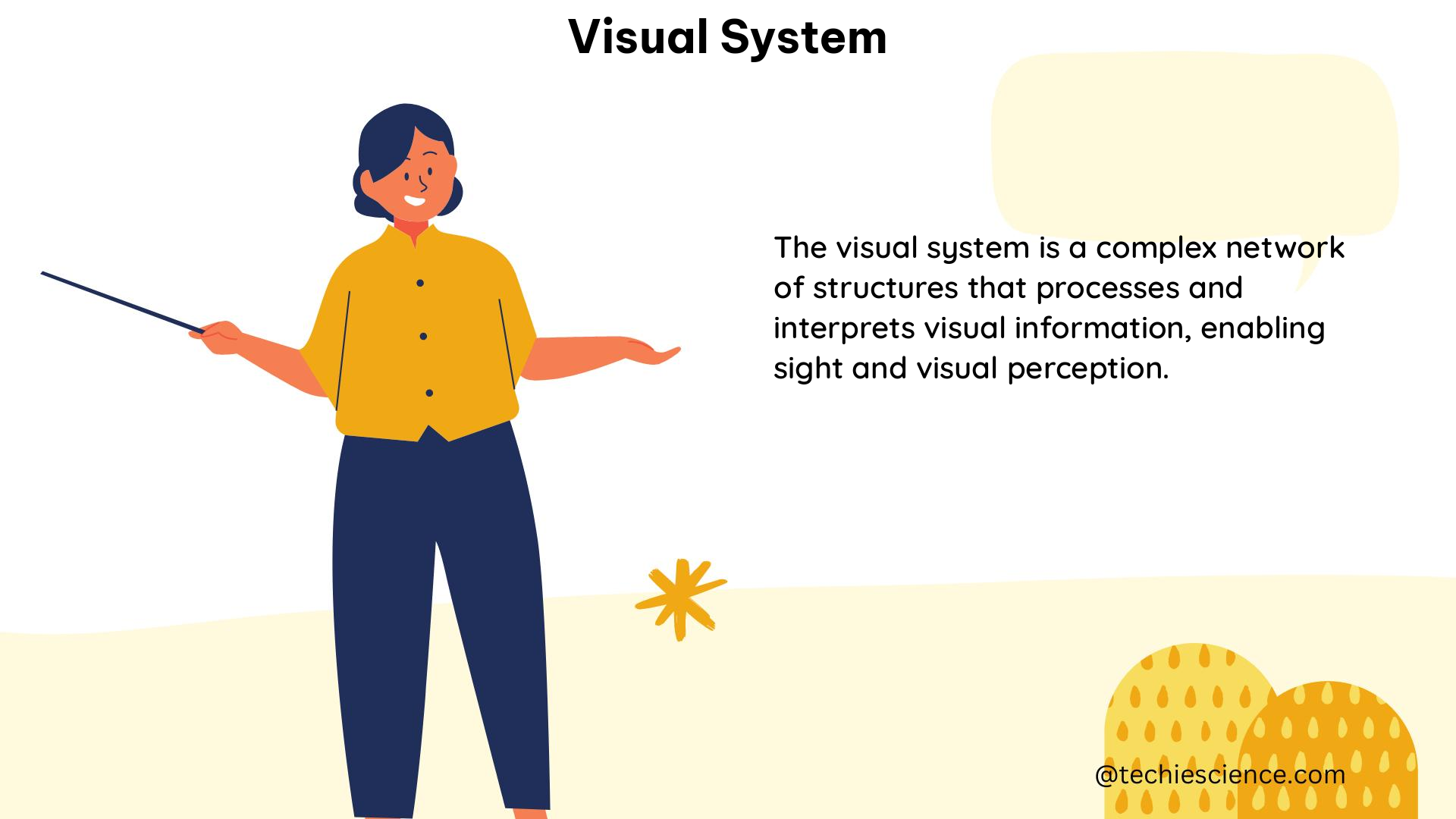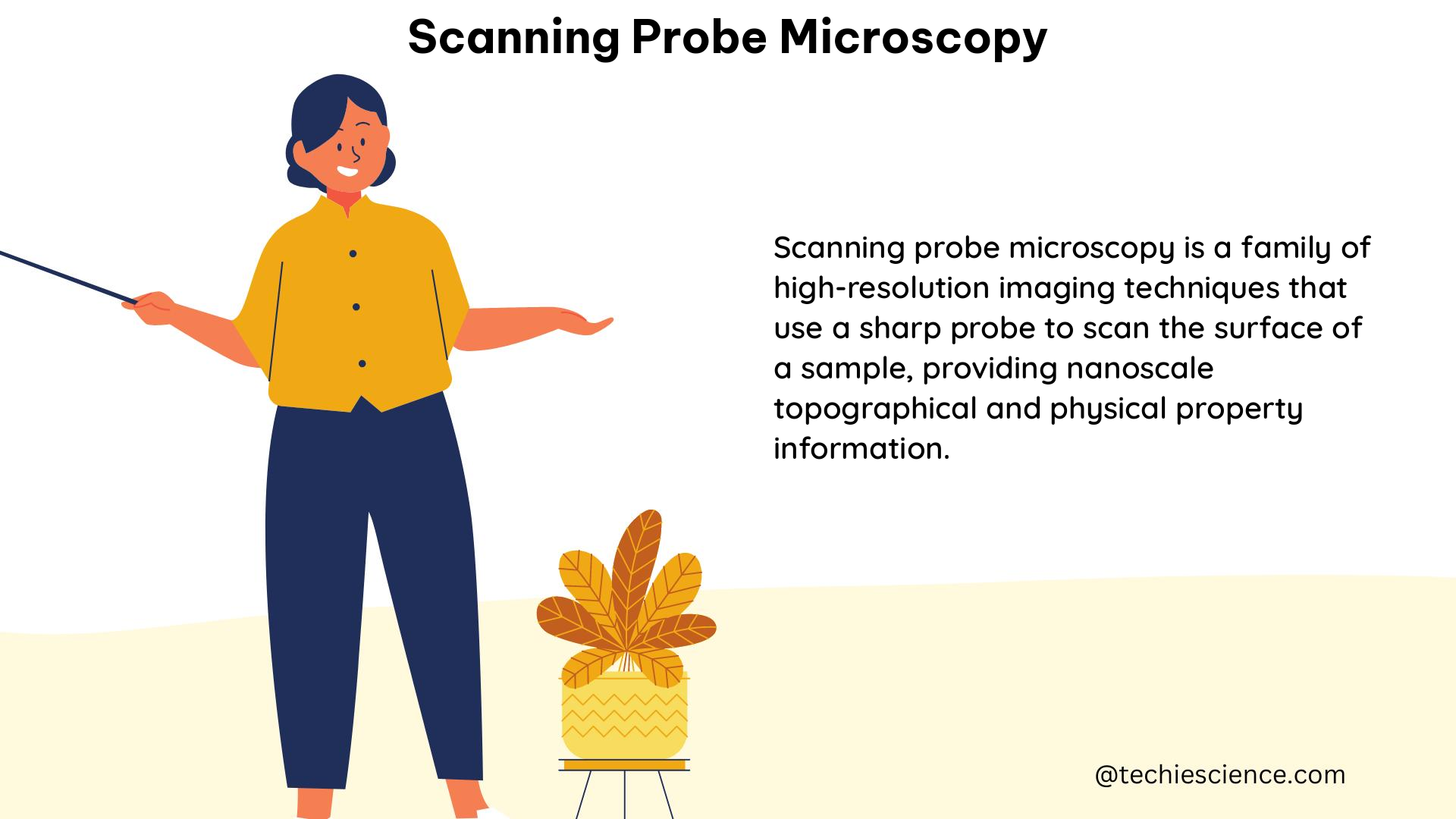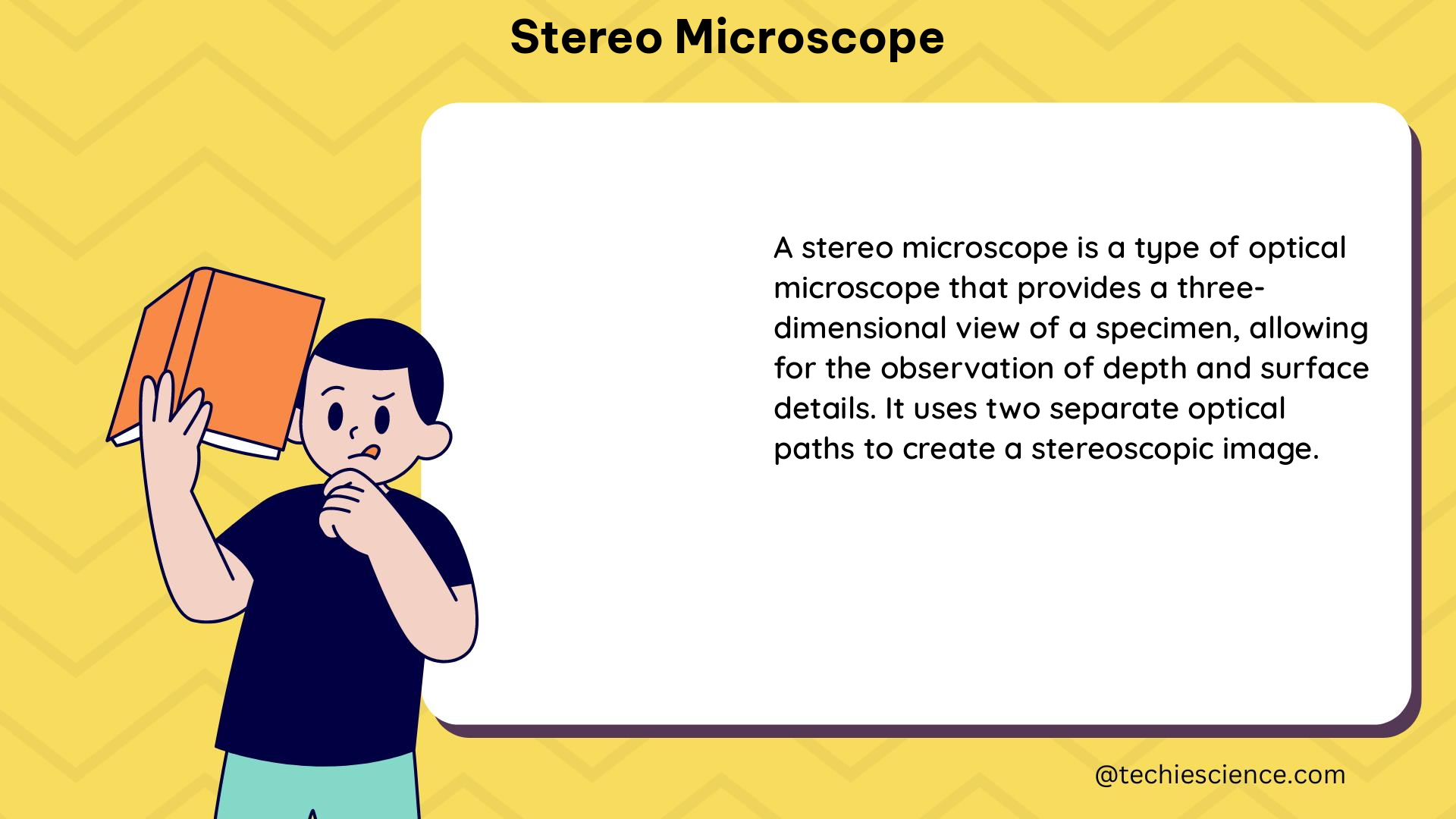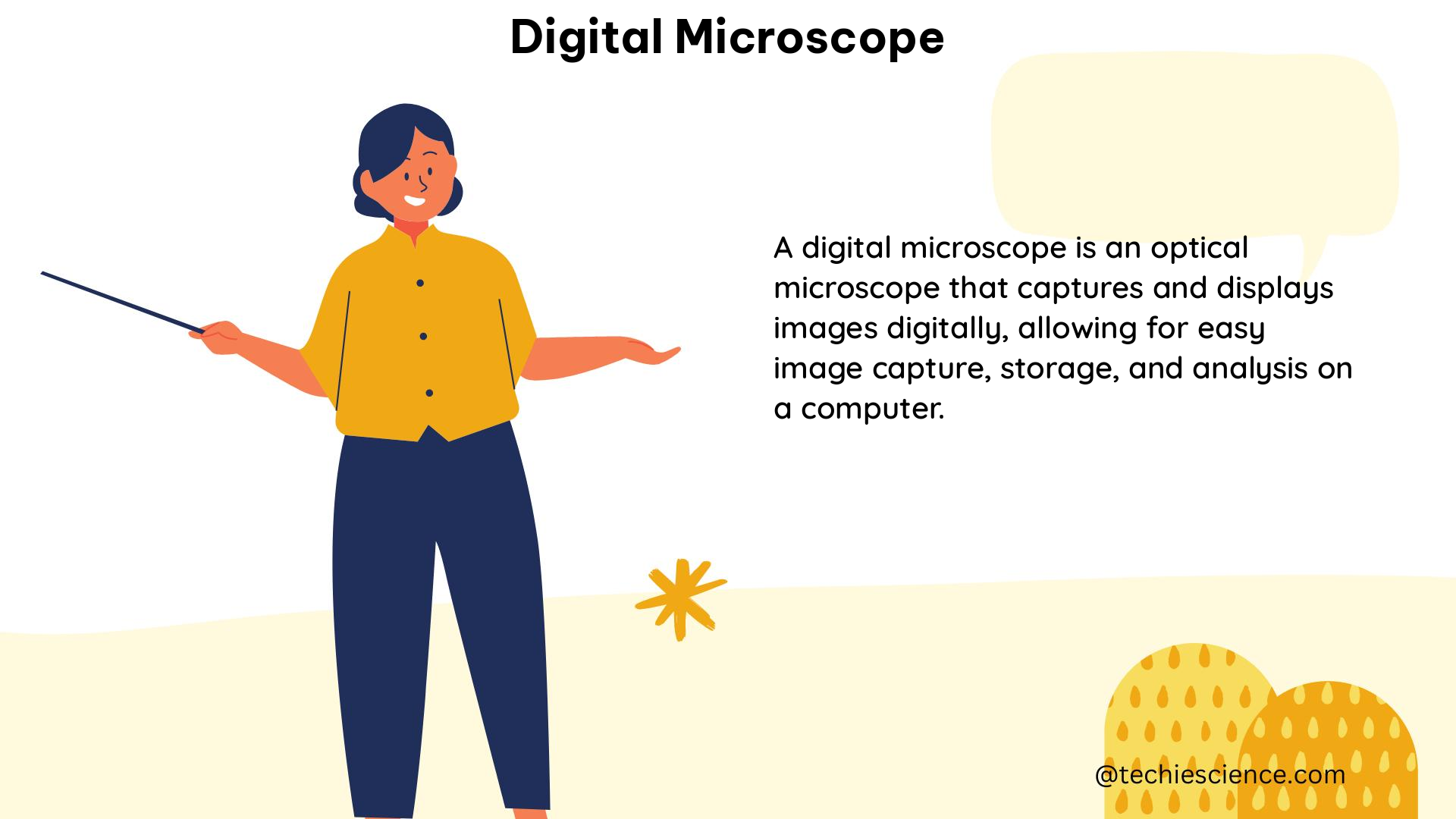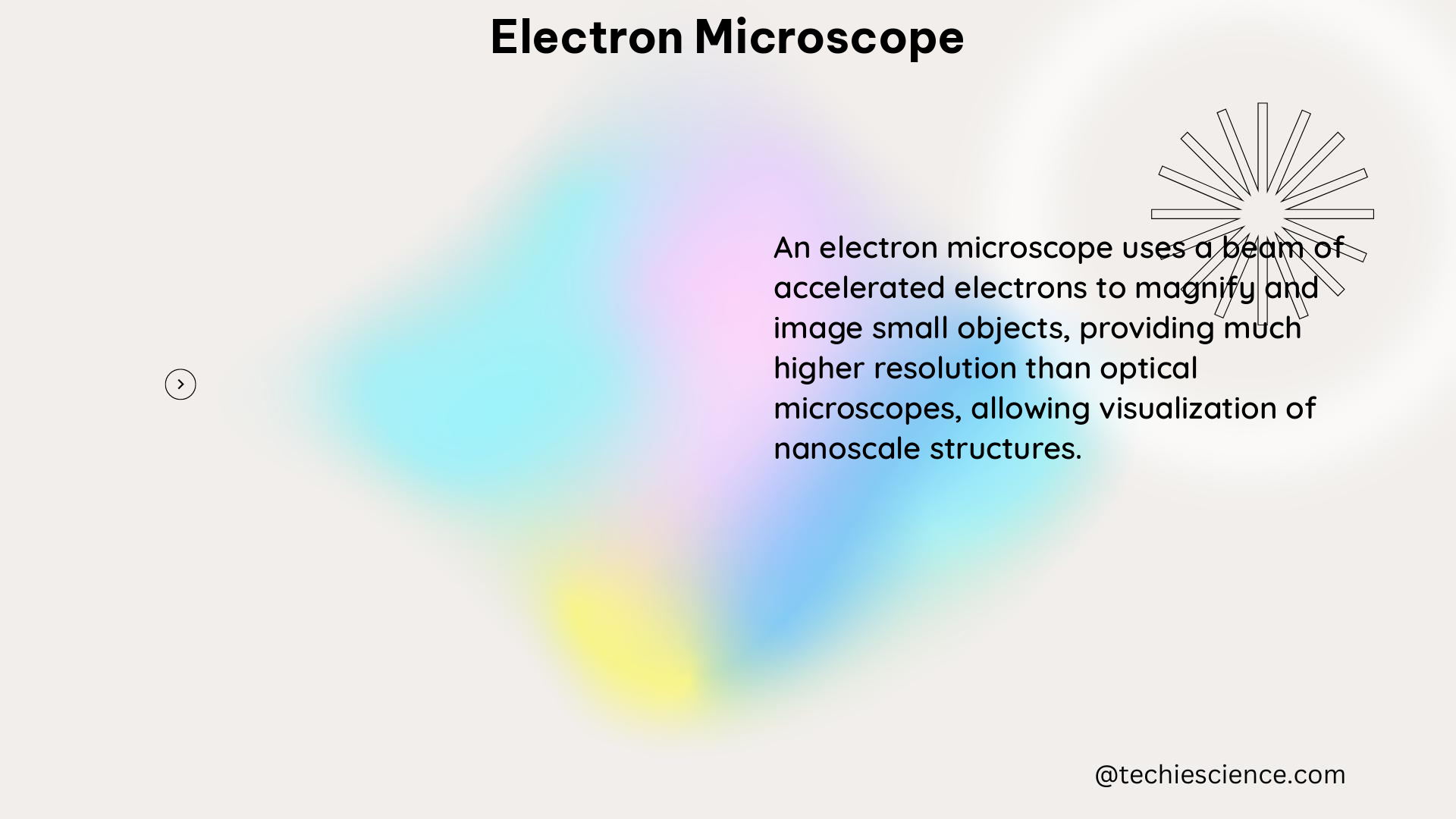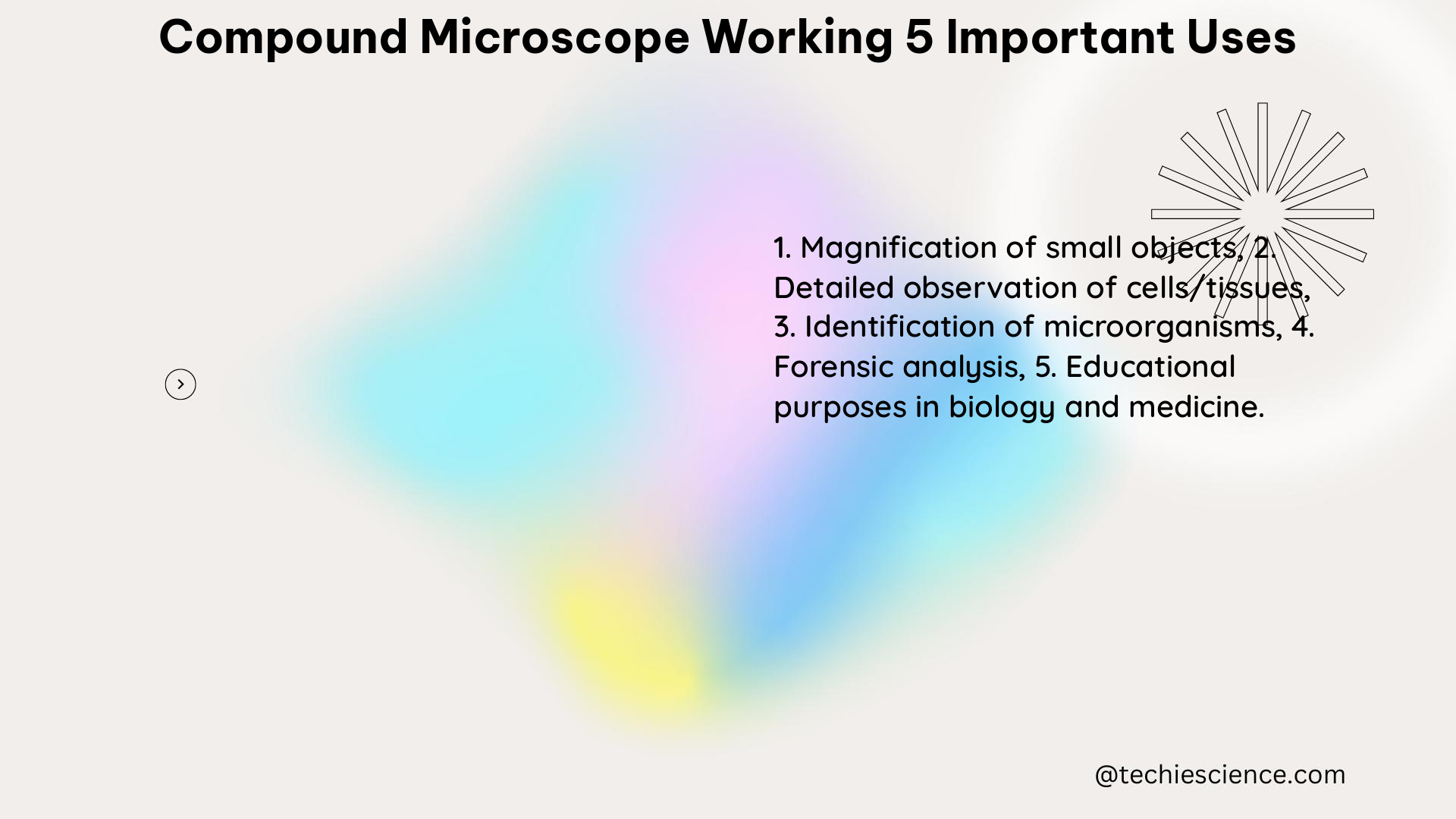A Passive Infrared (PIR) sensor is a versatile device used for motion detection, measuring the infrared radiation emitted by objects within its field of view. These sensors are widely employed in security systems, home automation, and energy management applications, thanks to their ability to detect the presence and movement of humans and animals. In this comprehensive guide, we will delve into the technical specifications, working principles, and various applications of PIR sensors, providing you with a deep understanding of this powerful technology.
Understanding the Fundamentals of PIR Sensors
PIR sensors operate on the principle of detecting changes in infrared radiation levels. All objects with a temperature above absolute zero emit infrared radiation, and the amount of radiation emitted is proportional to the object’s temperature. When a warm-blooded object, such as a human or animal, moves within the sensor’s field of view, the change in infrared radiation is detected, triggering the sensor’s output.
The key technical specifications of a PIR sensor include:
-
Detection Range: The maximum distance at which the sensor can reliably detect motion. This can range from a few meters to several tens of meters, depending on the sensor’s design and sensitivity.
-
Field of View (FOV): The angular range within which the sensor can detect motion. This is typically expressed in degrees, with a wider FOV allowing the sensor to cover a larger area.
-
Response Time: The time it takes for the sensor to detect motion and generate an output signal. This is an important factor in applications where a rapid response is required, such as security systems.
-
Sensitivity: The sensor’s ability to detect small changes in infrared radiation levels. Higher sensitivity allows the sensor to detect even subtle movements.
-
Fresnel Lens: Many PIR sensors use a Fresnel lens to focus the incoming infrared radiation onto the sensor element. The design and quality of the Fresnel lens can significantly impact the sensor’s performance.
The Physics Behind PIR Sensor Operation
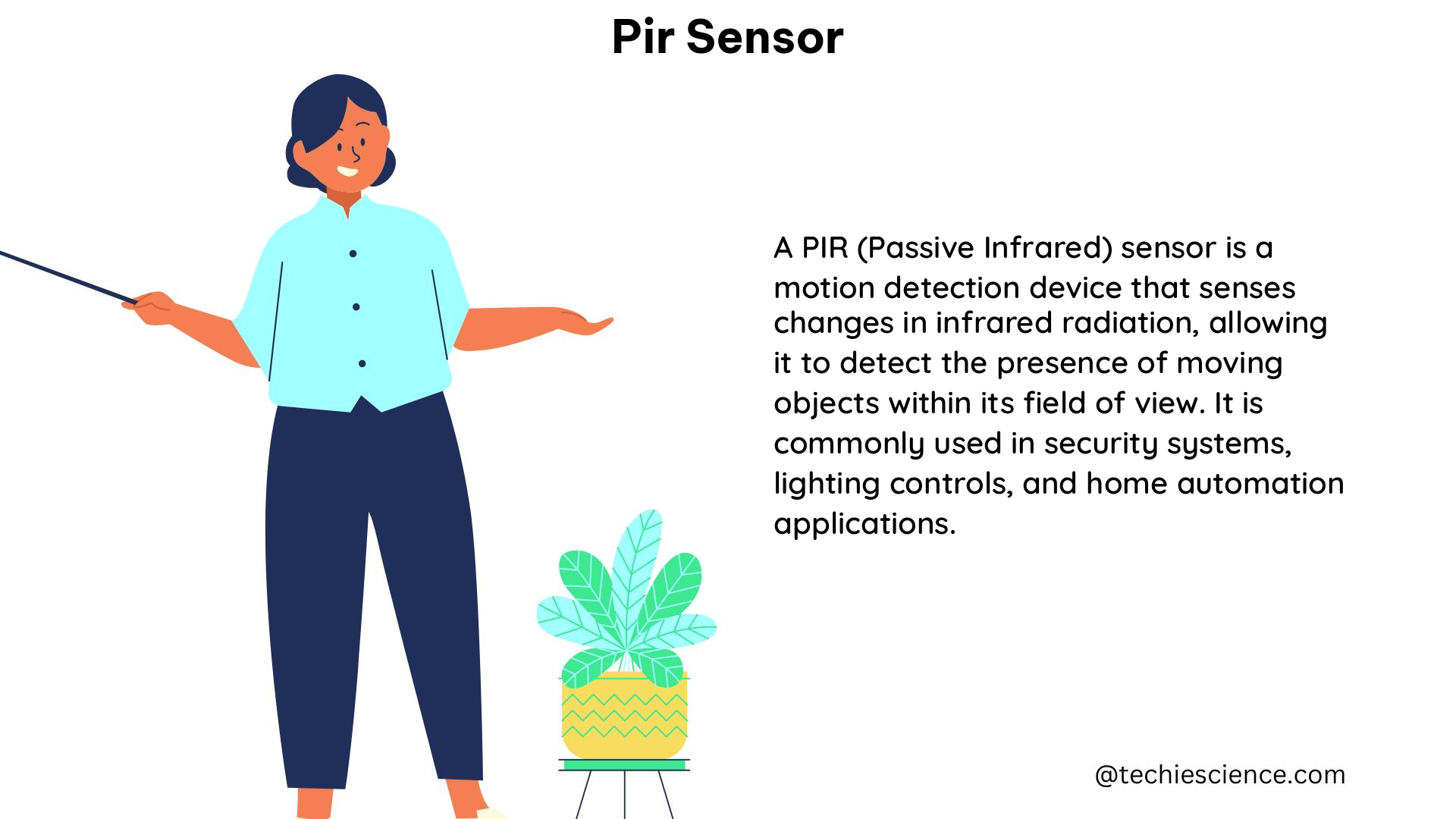
The working principle of a PIR sensor is based on the thermoelectric effect, which describes the generation of an electric potential difference (voltage) in response to a temperature difference. The sensor typically consists of two pyroelectric elements, which are materials that generate an electric charge when exposed to infrared radiation.
When a warm-blooded object, such as a human or animal, moves within the sensor’s field of view, the change in infrared radiation causes a temperature difference between the two pyroelectric elements. This temperature difference generates a small voltage difference, which is then amplified and processed by the sensor’s electronic circuitry to produce an output signal.
The mathematical relationship between the temperature difference and the generated voltage can be described by the Seebeck equation:
V = S * ΔT
Where:
– V is the generated voltage (in volts)
– S is the Seebeck coefficient of the pyroelectric material (in volts per kelvin)
– ΔT is the temperature difference between the two pyroelectric elements (in kelvin)
The Seebeck coefficient is a material-specific property that determines the sensor’s sensitivity. Pyroelectric materials with a higher Seebeck coefficient, such as lithium tantalate (LiTaO3) or lead zirconate titanate (PZT), are often used in high-performance PIR sensors.
Factors Affecting PIR Sensor Performance
The performance of a PIR sensor can be influenced by various environmental and operational factors. Understanding these factors is crucial for optimizing the sensor’s accuracy and reliability in different applications.
-
Ambient Temperature: The sensor’s sensitivity and detection range can be affected by changes in ambient temperature. Extreme temperatures, either too high or too low, can degrade the sensor’s performance.
-
Humidity and Moisture: Exposure to high humidity or moisture can interfere with the sensor’s electronic components, leading to false triggers or reduced sensitivity.
-
Electromagnetic Interference (EMI): Strong electromagnetic fields, such as those generated by electrical equipment or power lines, can induce unwanted signals in the sensor’s circuitry, causing false triggers.
-
Air Currents: Sudden changes in air currents, such as those caused by HVAC systems or open windows, can create thermal disturbances that the sensor may interpret as motion.
-
Sunlight and Lighting Conditions: Direct sunlight or bright artificial lighting can overwhelm the sensor’s infrared detection capabilities, leading to false triggers or reduced sensitivity.
-
Sensor Placement and Orientation: The sensor’s position and angle relative to the target area can significantly impact its detection range and field of view. Proper installation and alignment are crucial for optimal performance.
To mitigate these factors and ensure reliable PIR sensor operation, manufacturers often incorporate advanced signal processing algorithms, temperature compensation circuits, and shielding techniques into their sensor designs.
Applications of PIR Sensors
PIR sensors find a wide range of applications across various industries, leveraging their ability to detect motion and presence. Some of the key application areas include:
-
Security and Surveillance: PIR sensors are widely used in security systems, such as burglar alarms and motion-activated cameras, to detect intruders and trigger appropriate responses.
-
Home Automation and Energy Management: PIR sensors can be integrated into smart home systems to automate lighting, HVAC, and other appliances based on occupancy detection, improving energy efficiency.
-
Occupancy Monitoring: PIR sensors can be used to monitor the presence and movement of people in buildings, enabling applications such as space utilization analysis, occupancy-based HVAC control, and smart building management.
-
Robotics and Autonomous Systems: PIR sensors can be used in robotic and autonomous systems to detect the presence and movement of obstacles, enabling navigation and collision avoidance.
-
Healthcare and Assisted Living: PIR sensors can be used in healthcare and assisted living environments to monitor the activity and well-being of patients or elderly individuals, triggering alerts in case of emergencies or unusual behavior.
-
Industrial Automation: PIR sensors can be employed in industrial settings to detect the presence and movement of workers, triggering safety mechanisms or automating material handling processes.
-
Wildlife Monitoring: PIR sensors can be used in wildlife conservation efforts to monitor the movement and behavior of animals, providing valuable data for research and conservation purposes.
To further enhance the capabilities of PIR sensors, researchers and engineers are exploring the integration of advanced signal processing techniques, such as machine learning and deep learning algorithms, to improve the accuracy and reliability of motion detection and classification.
Conclusion
PIR sensors are versatile and powerful devices that play a crucial role in a wide range of applications, from security and home automation to healthcare and industrial automation. By understanding the technical specifications, working principles, and factors affecting their performance, you can effectively leverage the capabilities of PIR sensors to create innovative solutions that address your specific needs.
Whether you’re a scientist, engineer, or a technology enthusiast, this comprehensive guide has provided you with a deep dive into the world of PIR sensors, equipping you with the knowledge and insights to unlock the full potential of this remarkable technology.
References:
- ScienceDirect. (n.d.). Passive Infrared Sensor. Retrieved from https://www.sciencedirect.com/topics/computer-science/passive-infrared-sensor
- Oakland University. (2021). Statistical Learning of Passive Infrared (PIR) Sensor Data for Human Monitoring Applications. Retrieved from https://our.oakland.edu/server/api/core/bitstreams/a5560834-4b84-4575-9849-b1564ad2c9bf/content
- Texas Instruments. (2017). Advanced Motion Detector Using PIR Sensors Reference Design for False Trigger Avoidance. Retrieved from https://www.ti.com/lit/ug/tiducv3b/tiducv3b.pdf
- VergeSense. (2022). Optical Vs. PIR Sensors – VergeSense. Retrieved from https://www.vergesense.com/occupancy-intelligence-collaborative/industry-resources/optical-vs.-pir-sensors-which-does-my-office-need
- Juan, R. O. S., Kim, J. S., Sa, Y. H., Kim, H. S., & Cha, H. W. (2016). Development of a Sensing Module for Standing and Moving Human Body Using a Shutter and PIR Sensor. International Journal of Multimedia and Ubiquitous Engineering, 11(7), 5-15. doi: 10.14257/ijmue.2016.11.7.05
- Wu, L., Gou, F., Wu, S.-T., & Wang, Y. (n.d.). SLEEPIR: Synchronized Low-Energy… Retrieved from https://ieeexplore.ieee.org/document/7879047
